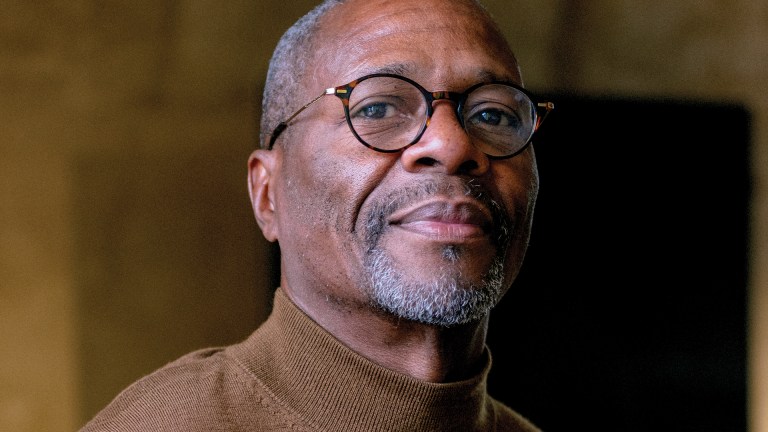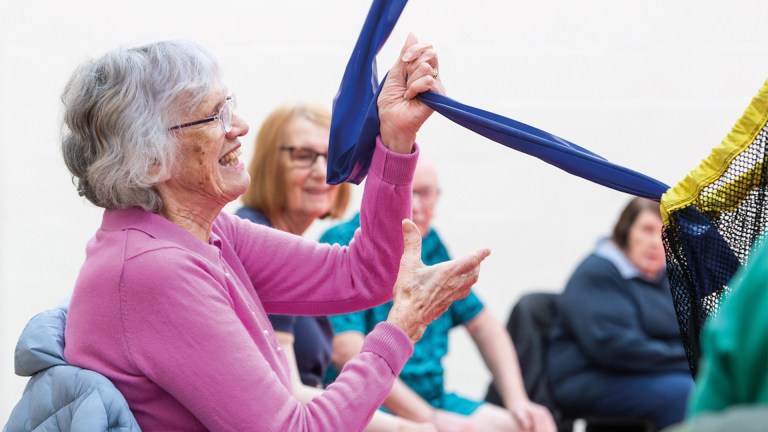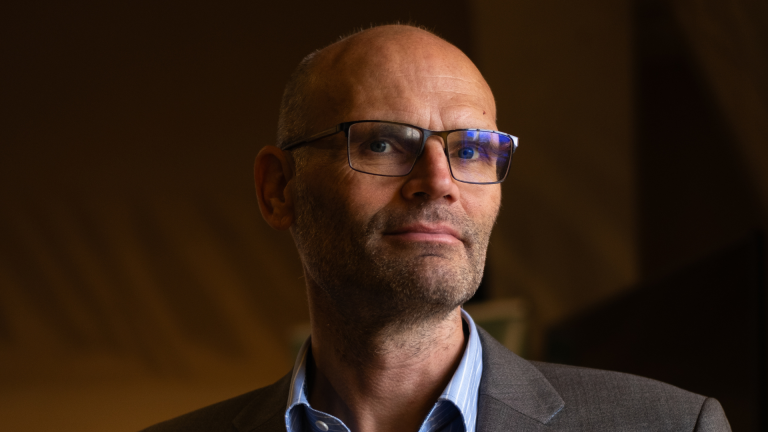3) Calculating an organisational gender and ethnicity pay gap.
The tool has the capacity to measure the representation of protected characteristics including gender, disability and health, ethnicity, sexual orientation, and age. It also includes additional categories, including measuring the lived experience[1] of staff and leadership within an organisation, and several categories of socio-economic disadvantage within users of a service e.g., eligibility for free school meals, and experience of homelessness. We would recommend these categories as a base level for data collection at an organisational and service user level.
The tool has been designed to support organisations that would like more guidance on how to measure their internal diversity characteristics. This tool can be used by organisations in the social purpose sector for a variety of benefits including setting internal targets for DEI, adapting services to meet the needs of different users, and reporting to funders or key stakeholders.
It can also be used to identify where there may be any power imbalances in decision-making, where representation lies for key groups or communities an organisation is seeking to serve, and it may indicate whether any barriers exist for certain groups in accessing services.
Below is a quote from one of our grantees on the potential utility of this tool for their organisation:
“In the built environment many organisations are seeking guidance on how to measure and report on diversity and equality. The broader characteristics and measurement of lived experience with a social challenge make this an excellent tool. Building People CIC is looking at how we can invite our funders and supporters to report on this with us, and how we can promote its use to the sector.”
Holly McLoughlin, Operations Manager – Building People CIC
We know that collecting and measuring diversity data is only a first step towards improving our sector’s diversity, equality, and inclusion practices and we are committed to building on this tool and sharing more resources to support organisations within the social purpose sector to improve their DEI practices and policies.
The tool is freely available and can be downloaded from our website here: BII DEI Measurement Tool
If any organisation would like more information on any of the different parts of this tool or have any questions on how to use the tool please get in touch with Chloe Tye, Impact and Equalities Specialist at BII, at chloe.tye@bigissue.com.
[1] Lived experience in this context relates to the experience(s) of people on whom a social issue, or combination of issues, has had a direct personal impact. ‘Lived expertise’ is the product of lived experience, and relates to the knowledge, insights, understanding and wisdom gathered through lived experience. https://scottishrecoveryconsortium.org/wp-content/uploads/2020/04/the-lived-experience-baljeet-sandhu-vle-full-report-1.pdf









